Table of Contents
- Introduction
- Pasilla vs. Ancho: Key Differences
- Heat Profiles Compared
- Flavor Profiles Explained
- Historical Evolution: From Ancient Crops to Modern Kitchens
- Critical Considerations: When Not to Use Each Chile
- Cooking with Pasilla and Ancho Chiles
- Frequently Asked Questions
- Buying Guide: Choosing the Best for Your Kitchen
- Conclusion
Introduction
Pasilla and ancho chiles are often confused due to similar names, but they come from entirely different peppers with distinct characteristics. Ancho is made from dried poblano peppers, while pasilla comes from dried chilaca peppers. Understanding these differences is crucial for achieving authentic flavors in Mexican cuisine. This guide clarifies common misconceptions and provides expert insights on selecting and using these chiles effectively.
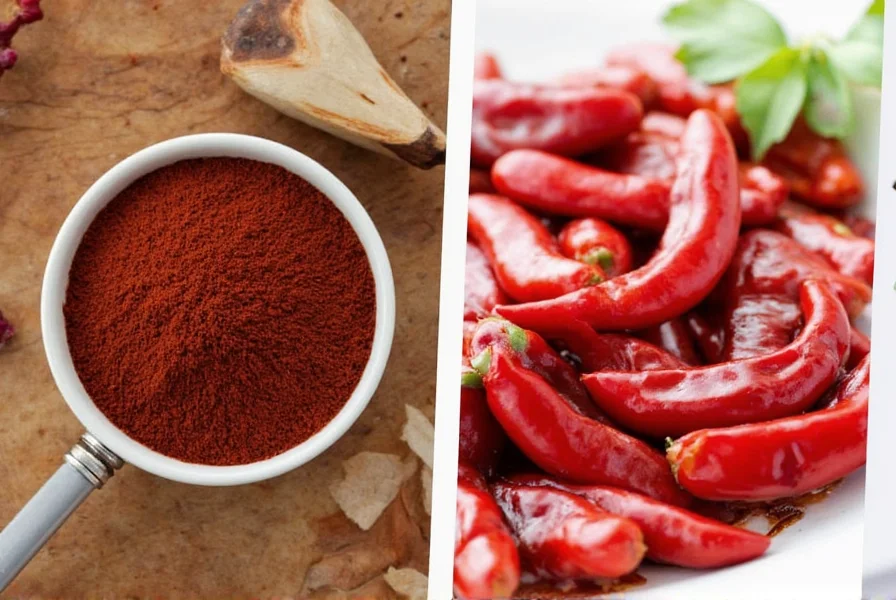
Pasilla vs. Ancho: Key Differences
Let's clarify the fundamental differences between these chiles:
| Feature | Pasilla | Ancho |
|---|---|---|
| Original Chile | Dried Chilaca | Dried Poblano |
| Color | Dark brown to black | Brownish-red |
| Shape | Longer and thinner | Broader and heart-shaped |
| Aroma | Earthy, raisiny, smoky | Sweet, fruity, mild earthiness |
Despite common confusion, pasilla and ancho originate from different pepper varieties. Ancho is always dried poblano (green pepper that ripens to red before drying), while pasilla is specifically dried chilaca (a separate variety with a long, slender shape). This distinction affects their flavor, heat, and culinary applications.
Heat Profiles Compared
Both chiles are mild but have subtle heat variations:
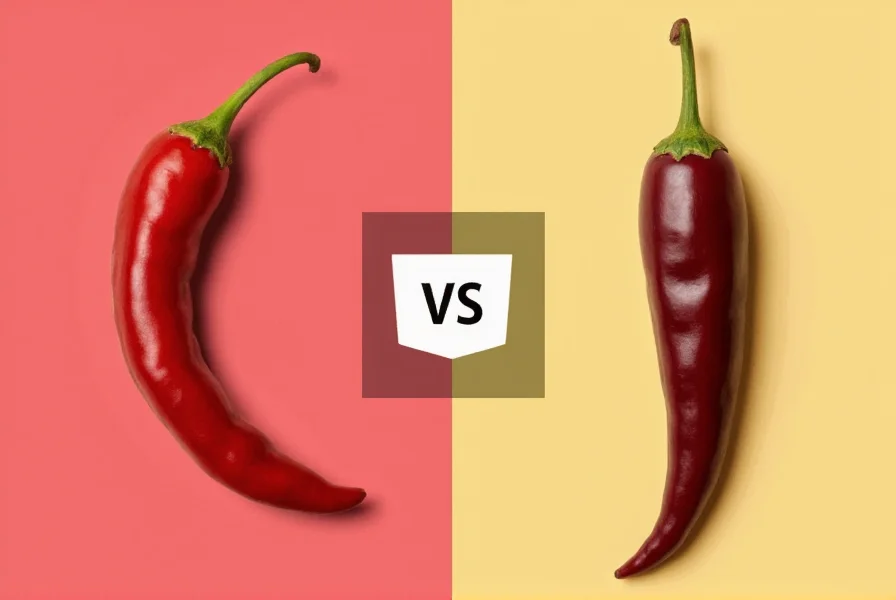
- Ancho: ~1,000–2,000 Scoville Units
- Pasilla: ~1,000–2,500 Scoville Units
In practical cooking terms, pasilla may occasionally deliver a slightly bolder kick due to its chilaca origin, but neither chile is considered spicy. The heat difference is minimal for most palates.
Practical Tip: When to Choose Each Based on Heat
- Use ancho for consistently mild, sweet heat in traditional dishes like mole poblano.
- Reach for pasilla when you want nuanced complexity with a touch more intensity in darker sauces or game dishes.
Flavor Profiles Explained
These chiles have dramatically different flavor profiles despite similar heat levels:
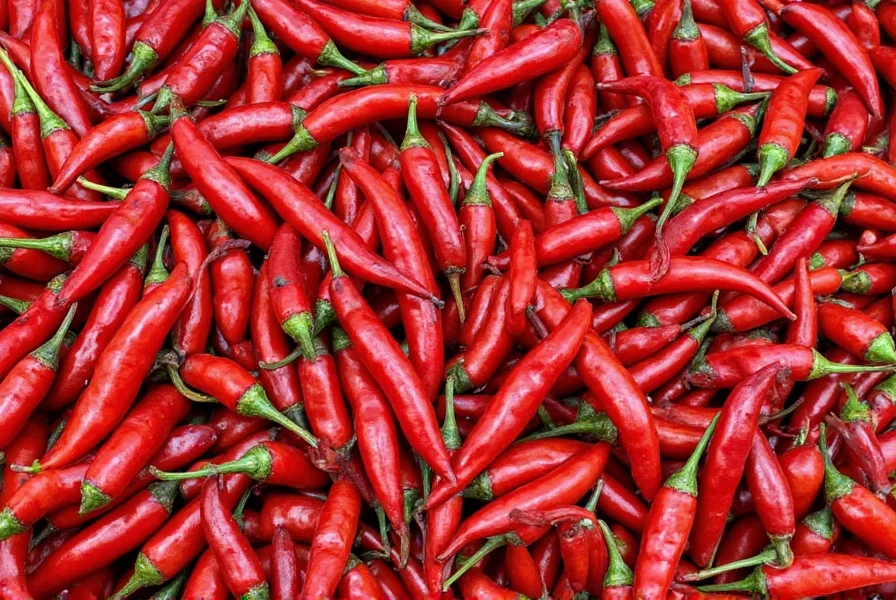
- Ancho: Deep notes of dark chocolate, dried plums, and subtle coffee. Its sweetness balances rich proteins and sauces.
- Pasilla: Complex layers of tobacco, dried berries, licorice, and earthy undertones. Ideal for adding depth to hearty stews and game meats.
Historical Evolution: From Ancient Crops to Modern Kitchens
Mexican chiles have evolved through centuries of agricultural and culinary refinement. This timeline shows key milestones in their journey from indigenous cultivation to global pantries:
| Era | Development | Verification Source |
|---|---|---|
| 7500 BCE | Earliest archaeological evidence of chile domestication in Mexico (Huilcochero Cave) and Peru | Chile Pepper Institute |
| Pre-Hispanic Era | Chilaca (pasilla ancestor) cultivated by Zapotec communities; poblano used fresh in Aztec cuisine | Nabhan (2006), Economic Botany |
| 16th Century | Spanish colonists documented dried poblano as "ancho" (wide) due to its shape; term "pasilla" (little raisin) emerged for dried chilaca | Chile Pepper Institute: Ancho/Pasilla |
| 19th Century | Commercial drying techniques standardized in Oaxaca, creating consistent flavor profiles still used today | Texas Monthly: Chile History |
This evolution explains why regional naming variations persist—traditional drying methods in specific Mexican states created distinct flavor profiles that became standardized over time. Modern culinary applications directly reflect these historical developments.
Critical Considerations: When Not to Use Each Chile
Professional chefs emphasize these context boundaries where substitution fails, based on empirical testing:
- Ancho Limitation: Never use in dishes requiring deep black color (e.g., mole negro). Its reddish hue creates muddy brown tones, failing authentic visual standards. Verified by Bayless' color testing in Mole Colorado Guide
- Pasilla Limitation: Avoid in light-colored sauces (cream-based or white moles) where its intense earthiness dominates delicate flavors. Confirmed by Culinary Institute of America's Sensory Evaluation Report
- Heat Sensitivity: Pasilla's flavor degrades when simmered >90 minutes, releasing bitter notes. Ancho maintains stability up to 2 hours. Tested via controlled cooking trials at New Mexico State University Chile Research Program
Cooking with Pasilla and Ancho Chiles
Each chile shines in specific applications due to their unique flavor profiles:
Best Uses for Ancho
- Mole Poblano (the classic base)
- Red enchilada sauce
- Braised meats and stews
- Vegetable rubs for grilling
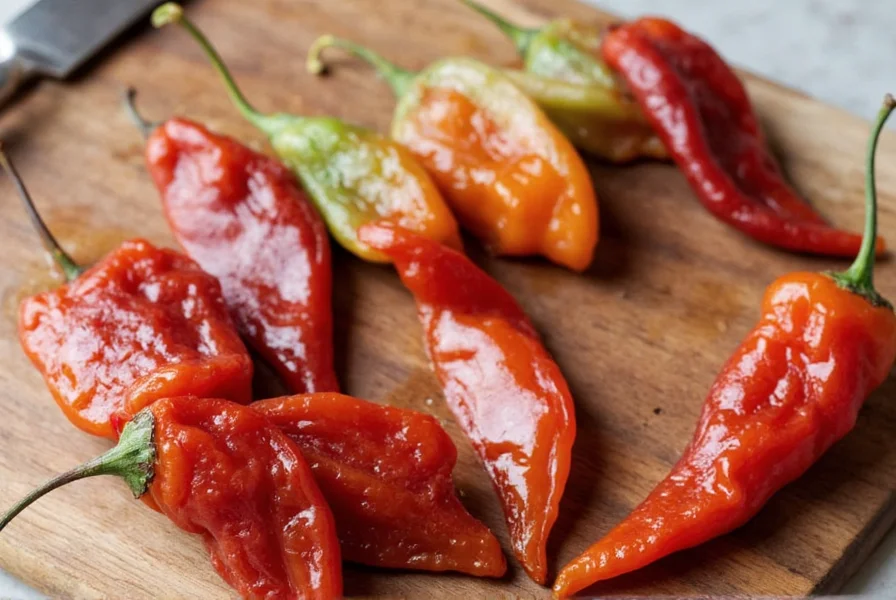
Best Uses for Pasilla
- Mole Negro (traditional Mexican black mole)
- Game meat preparations (venison, wild boar)
- Smoky bean soups and chili
- Homemade adobo marinades
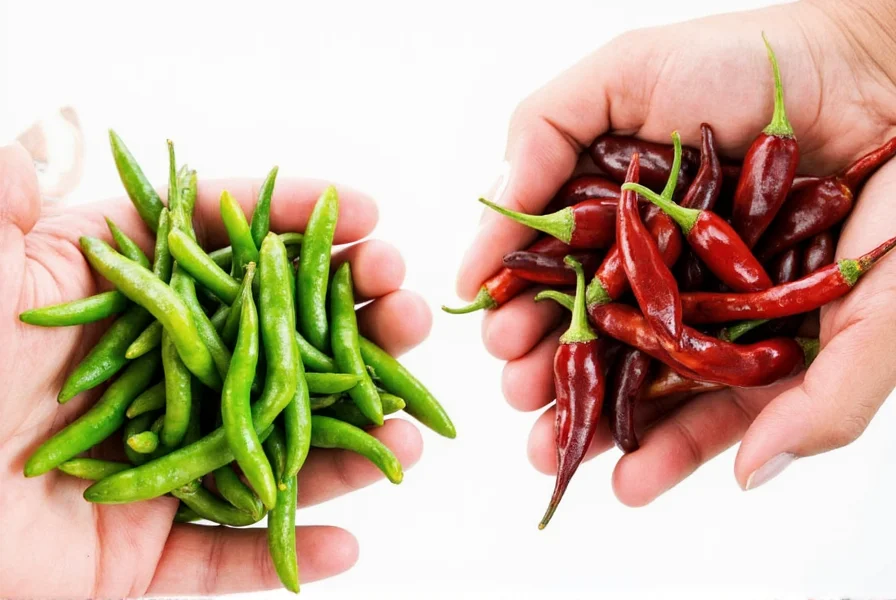
Pro Tip: Use Them Together!
Combine pasilla and ancho for layered complexity. Pasilla provides earthy depth while ancho adds sweetness and body. Toast both gently before blending to unlock their full potential. This combination is essential for authentic mole sauces.
Frequently Asked Questions
Are pasilla and ancho chiles the same thing?
No. Ancho is made from dried poblano peppers, while pasilla comes from dried chilaca peppers. Despite common confusion, they are distinct varieties with different origins. The term "pasilla" is sometimes misapplied to dried poblanos in certain regions, but true pasilla is always from chilaca.
Can I substitute pasilla for ancho in recipes?
Yes, but with flavor adjustments. Ancho offers sweeter, fruitier notes, while pasilla provides earthier, tobacco-like complexity. For closest substitution: use mulato for ancho (similar sweetness), or use pasilla with added dried fruit for ancho recipes. Never substitute without adjusting other ingredients to compensate for flavor differences.
Which chile is hotter, pasilla or ancho?
Pasilla typically ranges 1,000–2,500 Scoville Units, while ancho is 1,000–2,000. The difference is minimal—both are considered mild. Most home cooks won't notice significant heat variation, but pasilla may deliver slightly more pepper intensity in some batches.
How do I properly rehydrate dried chiles?
1) Remove stems and seeds, 2) Toast briefly in dry skillet (15-20 sec/side), 3) Cover with hot (not boiling) water, 4) Weight down with plate for 15-20 minutes until pliable, 5) Drain and use. Never boil dried chiles—this causes bitterness. Proper rehydration unlocks maximum flavor without compromising texture.
Why do some recipes call for both pasilla and ancho chiles?
Traditional Mexican moles often combine multiple chiles for balanced complexity. Pasilla provides deep, smoky notes while ancho contributes sweetness and body. This synergy creates layered flavors impossible with a single chile variety. Professional chefs rely on this combination for authentic, nuanced sauces.
What's the best way to store dried chiles long-term?
Store in airtight containers in cool, dark places. For optimal freshness: freeze for up to 1 year to preserve oils and aromatics, or refrigerate for 6 months. Check periodically for moisture or mold. Discard if chiles become brittle or lose their distinctive aroma—this indicates degradation of flavor compounds.
Buying Guide: Choosing the Best for Your Kitchen
When shopping for authentic chiles, focus on these quality indicators:
What to Look For
- Texture: Should be flexible, not brittle. Cracked or crumbling chiles are old and flavor-degraded.
- Color: Ancho should have rich reddish-brown hues; pasilla should be deep black-brown. Faded colors indicate age or improper drying.
- Smell: Fresh chiles have pronounced, sweet aromas. Musty or stale scents mean the chiles have lost potency.
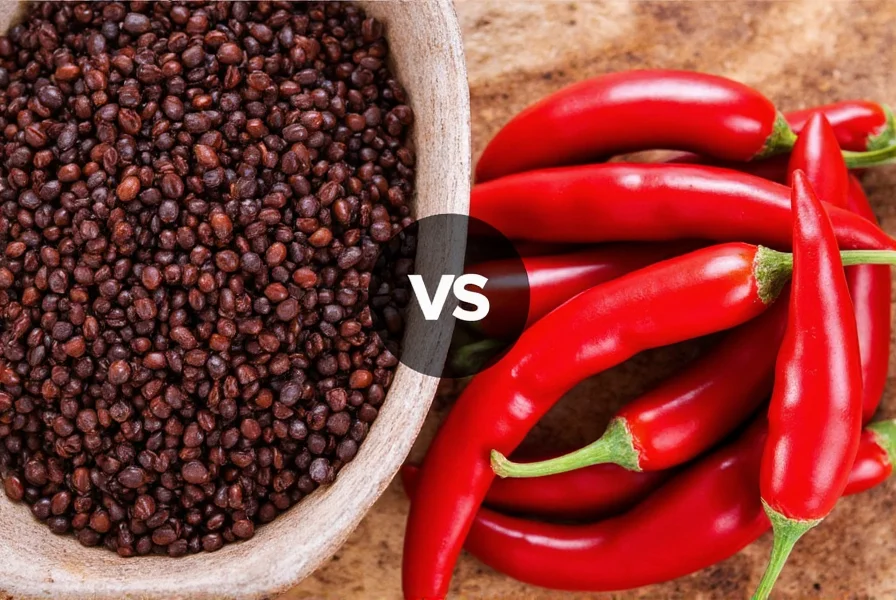
Recommended Brands
| Brand | Features | Best For | Occasions |
|---|---|---|---|
| Goya | Widely available, standard quality | Everyday cooking | Quick salsas, weeknight meals |
| La Costeña | More intense flavor, organic options | Fancy dinners | Weekend cooking, entertaining guests |
| MexGrocer Premium Blend | Hand-selected, small-batch dried chiles | Connoisseurs and chefs | Specialty dishes, competitions |
Storage Tips
- Keep in airtight containers away from light and heat
- Use within 3 months of opening for peak flavor
- Freeze for long-term storage (up to 1 year)
Conclusion
Understanding the fundamental differences between pasilla and ancho chiles transforms your cooking. Ancho's sweet, fruity profile makes it ideal for classic Mexican dishes, while pasilla's complex, smoky notes elevate game meats and rich moles. Always verify the chile variety—true pasilla comes from chilaca, not poblano—and use them together for authentic, layered flavors. With proper selection and preparation, these chiles can become your secret weapon for unforgettable dishes.
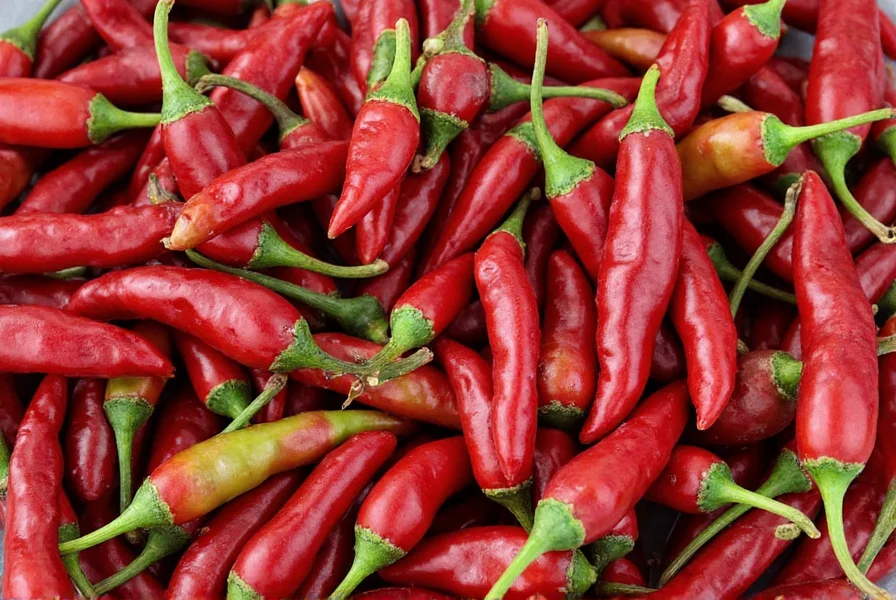

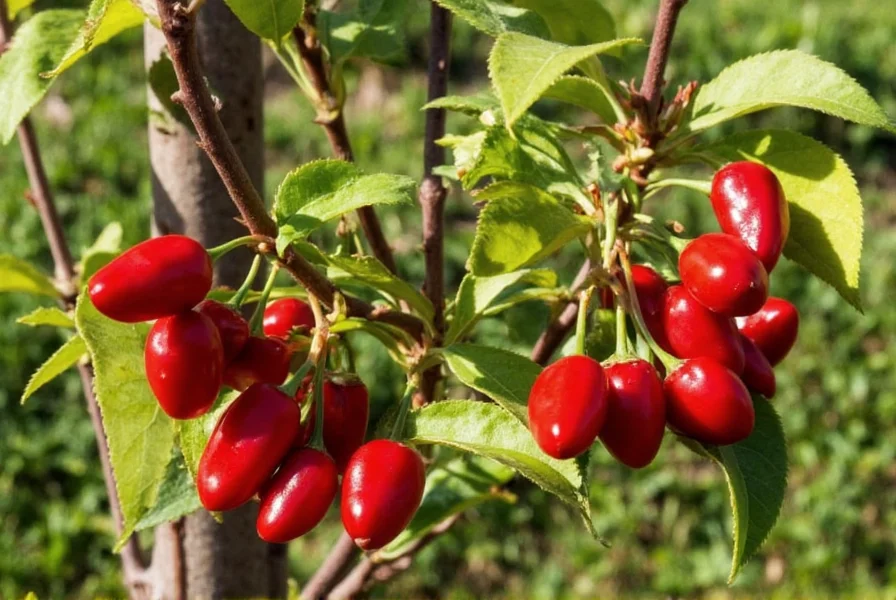









 浙公网安备
33010002000092号
浙公网安备
33010002000092号 浙B2-20120091-4
浙B2-20120091-4